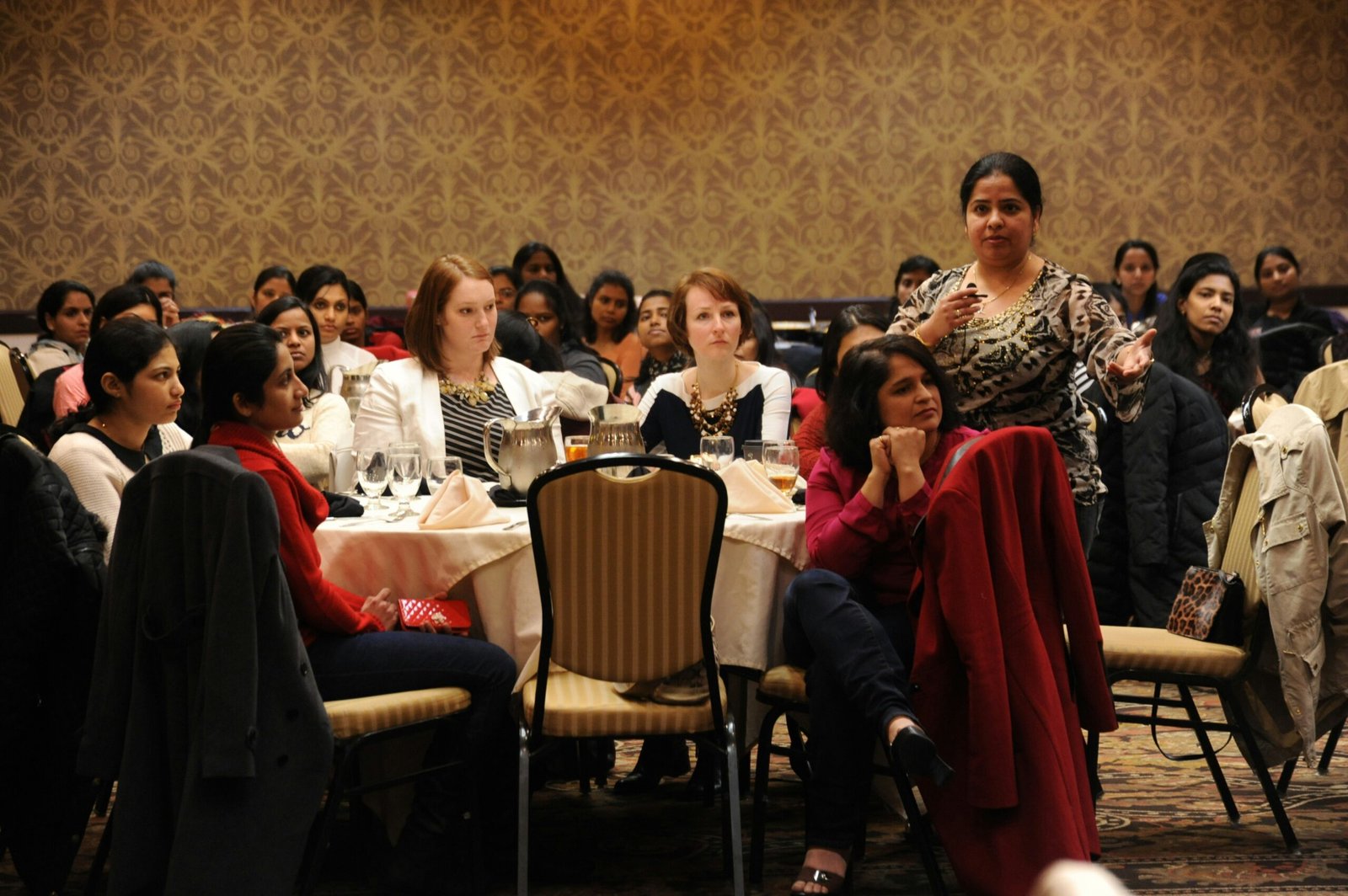Cultivating Global Citizens: Teaching Cultural Awareness In The Classroom

Raising Global Citizens: Teaching Cultural Awareness and Empathy
In today’s interconnected world, it is more important than ever to raise children who are global citizens. Global citizens are individuals who have an understanding and appreciation for different cultures, and who possess the empathy and compassion necessary to navigate diverse environments.
The Importance of Cultural Awareness
Cultural awareness is the ability to recognize, understand, and appreciate the beliefs, values, customs, and behaviors of different cultures. It allows individuals to interact respectfully and effectively with people from diverse backgrounds. Teaching cultural awareness to children from a young age can have numerous benefits:
- Respect for Diversity: By teaching children about different cultures, we instill in them a sense of respect for diversity. They learn to appreciate and value the differences that make each culture unique.
- Reduced Prejudice: Cultural awareness helps reduce prejudice and stereotypes. When children understand and empathize with different cultures, they are less likely to hold biased views or make generalizations.
- Effective Communication: Cultural awareness enhances communication skills. Children who are exposed to different cultures learn to adapt their communication style and understand the nuances of non-verbal cues.
- Global Understanding: In an increasingly globalized world, cultural awareness is crucial for fostering global understanding. It helps children develop a broader perspective and a sense of interconnectedness with people from all around the world.
Teaching Empathy
Empathy is the ability to understand and share the feelings of others. It is a fundamental trait for raising global citizens who can navigate diverse cultural landscapes. Here are some strategies to teach empathy to children:
- Modeling Empathy: Children learn by observing their parents and caregivers. Model empathy by demonstrating kindness, understanding, and compassion towards others.
- Encouraging Perspective-Taking: Help children understand different perspectives by encouraging them to put themselves in someone else’s shoes. This can be done through storytelling, role-playing, or discussing real-life scenarios.
- Teaching Emotional Intelligence: Emotional intelligence is the ability to recognize and manage one’s own emotions and understand the emotions of others. By teaching children emotional intelligence, we equip them with the skills needed to empathize with others.
- Promoting Cultural Exchange: Create opportunities for children to interact with individuals from different cultures. This can be through community events, cultural festivals, or even virtual exchanges.
Integrating Cultural Awareness and Empathy into Education
Education plays a vital role in fostering cultural awareness and empathy in children. Here are some ways to integrate these values into the educational system:
- Incorporate Multicultural Content: Include diverse perspectives, histories, and cultures in the curriculum. This can be done through literature, history lessons, and social studies.
- Encourage Dialogue: Create a safe space for students to discuss and share their experiences and perspectives. Encourage respectful dialogue and active listening.
- Promote Cultural Exchanges: Facilitate cultural exchange programs where students can interact with peers from different cultures. This can be done through pen-pal programs or virtual exchanges.
- Provide Professional Development: Offer training and professional development opportunities for teachers to enhance their cultural competency skills. This will enable them to effectively teach cultural awareness and empathy in the classroom.
Conclusion
Raising global citizens who possess cultural awareness and empathy is essential for creating a harmonious and inclusive society. By teaching children about different cultures and fostering empathy, we equip them with the skills needed to navigate an increasingly diverse world. Integrating these values into education ensures that future generations are prepared to embrace and celebrate the richness of global diversity.






